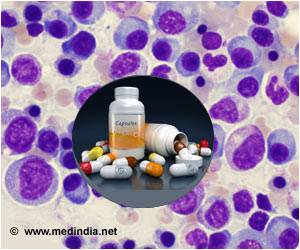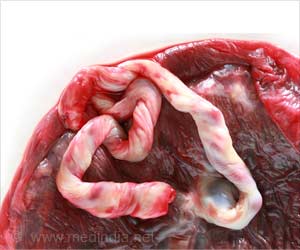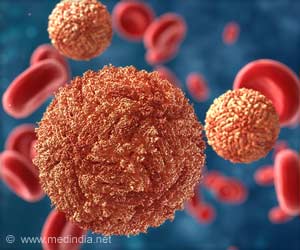Scientists have identified why multiple myeloma persistently escapes cure by an initially effective treatment that can keep the disease at bay for up to several years.

The research demonstrates that the progenitor cells are untouched by mainstay therapy that uses a proteasome inhibitor drug ("Velcade") to kill the plasma cells that make up most of the tumour. The progenitor cells then proliferate and mature to reboot the disease process, even in patients who appeared to be in complete remission.
"Our findings reveal a way forward toward a cure for multiple myeloma, which involves targeting both the progenitor cells and the plasma cells at the same time," says Dr. Tiedemann. "Now that we know that progenitor cells persist and lead to relapse after treatment, we can move quickly into clinical trials, measure this residual disease in patients, and attempt to target it with new drugs or with drugs that may already exist". Dr. Tiedemann talks about his findings in this video: http://www.youtube.com/watch?v=yy2HKCZYbBc.
In tackling the dilemma of treatment failure, the researchers identified a cancer cell maturation hierarchy within multiple myeloma tumors and demonstrated the critical role of myeloma cell maturation in proteasome inhibitor sensitivity. The implication is clear for current drug research focused on developing new proteasome inhibitors: targeting this route alone will never cure multiple myeloma.
Dr. Tiedemann says: "If you think of multiple myeloma as a weed, then proteasome inhibitors such as Velcade are like a persnickety goat that eats the mature foliage above ground, producing a remission, but doesn’t eat the roots, so that one day the weed returns."
The research team initially analyzed high-throughput screening assays of 7,500 genes in multiple myeloma cells to identify effectors of drug response, and then studied bone marrow biopsies from patients to further understand their results. The process identified two genes (IRE1 and XBP1) that modulate response to the proteasome inhibitor Velcade and the mechanism underlying the drug resistance that is the barrier to cure.
Advertisement
The science has continued to advance unabated ever since, and notably with key discoveries by Dr. John Dick of cancer stem cells first in leukemia and next in colon cancer. Dr. Tiedemann’s new findings underscore the clinical importance of understanding how cells are organized in the disease process.
Advertisement









